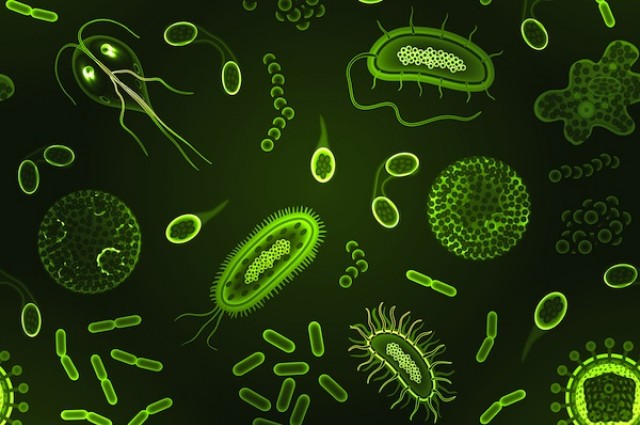In light of the Cold Fire that started yesterday evening in the central valley of California, I started to wonder, ‘what happens to microbes?!’ I found myself in a literature click hole of fantastic papers that studied how fire impacted soil microbial communities in several different ecosystems.
What surprised me most is how fast researchers claim soil microbial communities recover after a fire insult. This thesis by Maria Victoria Albarracin showed that “the microbial community returned to pre-fire numbers and activity by day 47 after fire.” A closer look at the bacterial community composition changes equally surprising results. This paper by Xiang et al showed it took 11 years for the bacterial community composition and diversity to return to recover to similar results as the controls. A fire completely changes the nutrient cycling, plant interactions, soil chemistry, fauna, etc of the ecosystem. This of course will change the soil microbial community without even considering the sterilizing effect high temperatures from the fire have on at least the surface communities. I have hard time believing that a soil community can even get back to its original state after a fire when considering the impressive environmental changes surviving soil microbes are subjected to.
My train of thought led me to thinking about how any microbial community recovers after a big disruption. And of course that led me to my favorite topics: poop and antibiotics! I’ve come back to this paper by Jakobsson et al several times for both my research and when I was curious how a metronidazole treatment for a Giardia infection may impact my gut. The paper reports that some patients took up to four years after antibiotic treatment for their gut microbial communities to recover to their pre-treatment conditions. 4 years?! I am both shocked that it took so long and also that it recovered at all. There is a magical invincibility and resilience of all microbial communities that I am only starting to fully appreciate.
The lasting effects of a disruption of course apply to our built environments too. What if occupancy or how a building is used dramatically changes? Could the pre-change conditions be reflected in the building’s microbial communities long after the change? I wish there were far more papers about temporal variation of microbial communities than there are today. I don’t know about you, but I find them incredibly interesting and I have bit of skepticism about conclusions drawn from community ‘snapshots’ (single event sampling). What are your thoughts? Do you have opinions about how temporal variation data is best visualized?

One thing we are curious about is how cave mat bacterial communities turn over or have functional changes in lava caves over time. Typically these are shallow caves so disturbances on the surface like rain, snow, or fire might change things in the cave.
Most of the temporal visualizations I’ve seen are bar plots, which I am not a fan of. At the moment I am not sure of a better approach. We’ve tried line and flow plots but we are still fiddling with those.